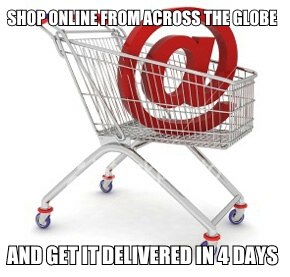In any given review among electronics gadgets and mobile phones, Apple’s iPhone will always come out on top as the preferred product before androids and others. And here is another fact, as far as trends go, there is bound to be an upward technological shift in model, style, functionality and efficiency at least once in every six months. But regardless of how many new “toys” are developed, the demand seems not to ever end!
Here is another shocker; there are millions of apps already online and with every upward shift in technology, the demand only steps higher.
The average price for an app on Apple Store is about $0.99 and every day, about 35,000 copies are purchased and downloaded (**for those top games and apps**). Now do the math, if the price for the app is $0.99 (which drops to $0.77 after Apple takes its commission) and 35,000 copies are sold at $0.77, the developer just bagged $26,950 for that day!
Right now, you must be thinking that it is mandatory to possess a technical education or some certification before you can develop an app. Right?! WRONG!!!
With the proper training and tools (software for development), you can recreate your imaginations and get paid too!
But before you go hysterical, let me make this clear that regardless of how skilled you may be as a developer, you will need to market (advertise and promote) your apps to gain the attention of mobile phone users. Given the needed training and sales promotion, your games/apps can get into the TOP 100 app list and friends, that is money calling.
Some people are lucky enough to have a technical team behind them. This is good because it helps break down the labour of the task, making the app development easier and faster. However, not everyone is opportuned to enjoy this luxury. It should be said that single developers (those without a team) are NOT completely disadvantaged in this business. If you possess the skills and you also have a creative mind (to spice up your app/game functionality), you may come out on top (way higher than those guys in teams). Or maybe you just have some amount of cash to spare and you happen to know a guy who will be willing to be the brain of the outfit, you can invest in his training and together, the two can develop the next big thing (because frankly, people are tired of these old games)! What matters most is the content… what “new” thing is your app offering?
So, there it is friends… You don’t need to be tech savvy (or a full time programmer) to develop and sell apps on Apple Store. The demand is massive, the profit stream is pretty long and the requirement boils down to two words “skills” and “training”. If you have a PC and some hours to spare, I strongly recommend this to anyone who is interesting to making some real cash.
**If you would like to get trained on how to develop best iPad and iPhone games for all iOS versions, with a simplified step by step guide on how to get a developer account with Apple, how to develop your apps with great animation tools and how to successfully market your apps, click on the link below for a ONE-TIME fee of $49 for an all-in access to 4 weeks of simplified and “led by hand” online training courses with videos on this subject. There’s no shipping or waiting, sign up now. Click here!
-
Recent Posts
Recent Comments
Get Your SWOT Ready!… on Get Your SWOT Ready! Part… Get Your SWOT Ready!… on A Feasibility Report (Part II)… Get Your SWOT Ready!… on A Feasibility Report (Part I);… Archives
Categories

